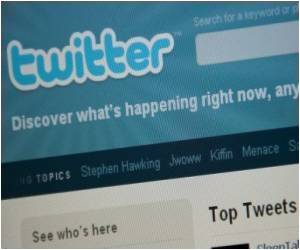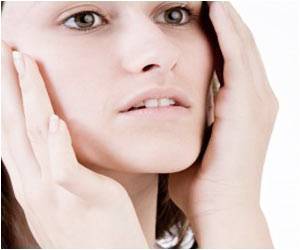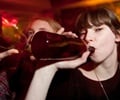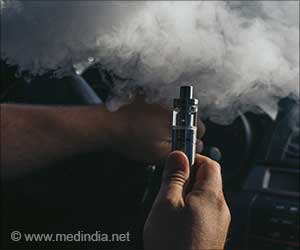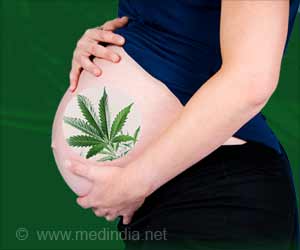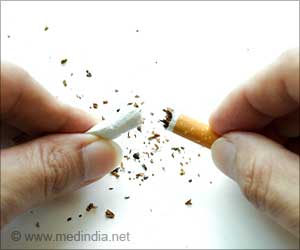Social media usage has been found to be linked to teenage drinking. When substance use, in particular, alcohol, is displayed on social media platforms, it normalizes the behavior for them.
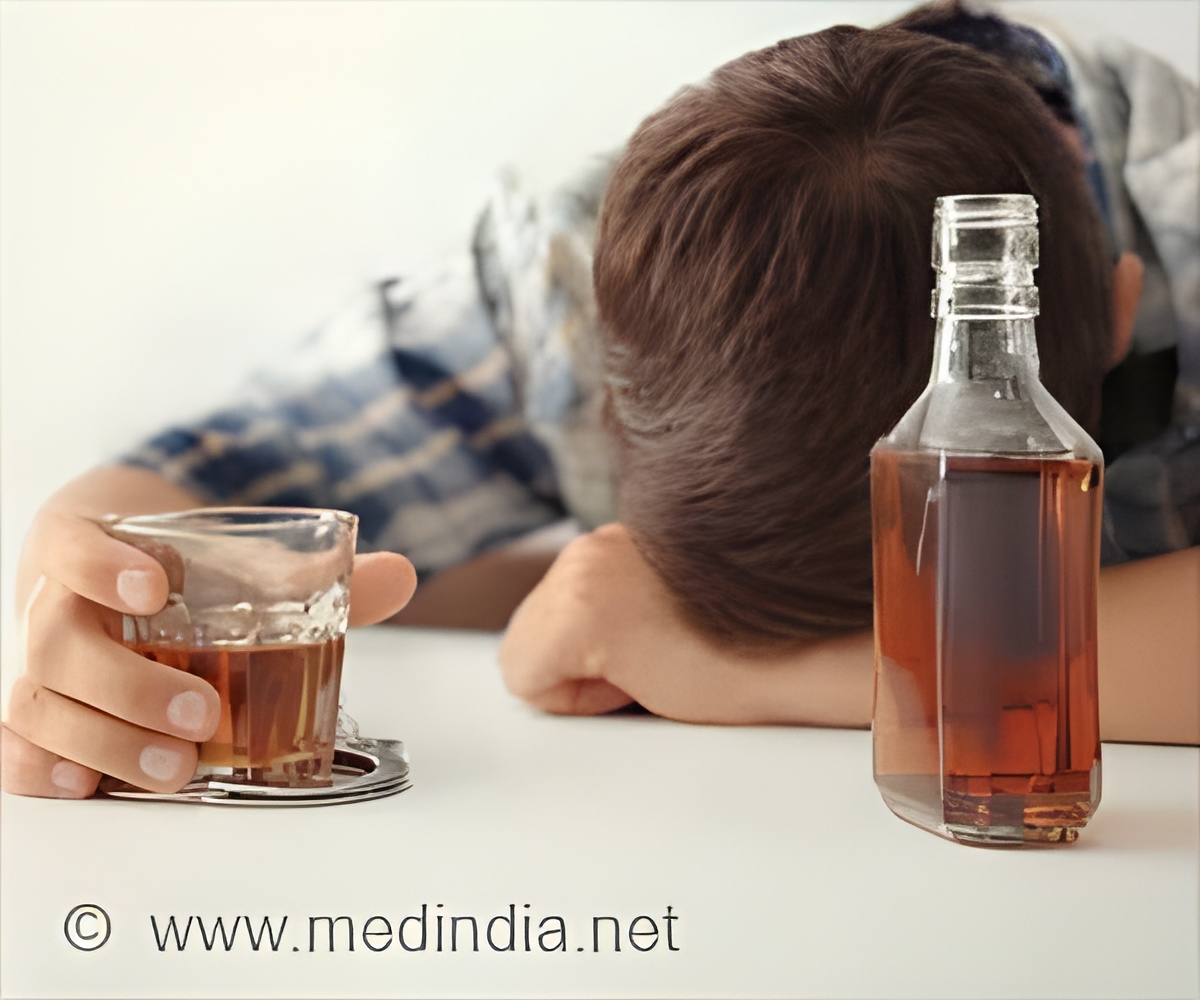
‘Social-media sites are capable of exposing adolescents and young adults to persuasive alcohol brands. This exposure may increase the likelihood of their drinking alcohol.’





Social media often features celebrities drinking cocktails, boozy how-to posts, and party pictures. This is the environment American teens are immersed in every day, with 71 percent of teens using more than one social media site, spending an average of nine hours a day using media. Despite the popularity of social media and alcohol-filled posts, little is known about the influence social media activity can have on teen and young adult and drinking behaviors.Penn Medicine researchers, led by Brenda Curtis, Ph.D., an assistant professor of Psychology in Psychiatry in the Perelman School of Medicine at the University of Pennsylvania, reviewed data on these topics and found a statistically significant relationship and moderate effect sizes between alcohol-related social media engagement and both alcohol consumption and alcohol-related problems.
Curtis and colleagues identified 19 articles for the meta-analysis, representing data from more than 9,000 social media users across Facebook, Twitter, Instagram, and Snapchat. The analysis examined associations between young adults’ alcohol-related social-media activity--defined as posting, liking, commenting on, and viewing of alcohol-related content on social media--and their reported drinking behaviors and problems. The drinking measures evaluated included alcohol consumption and problems such as regret after drinking, blacking out, and sustaining injuries while drinking.
About 57 percent of young adults and 9.2 percent of adolescents consumed alcohol in the past month. Despite the pervasive use of social media and alcohol consumption by young adults, little is known about the potential influence engagement with social media can have on this group’s drinking patterns and risk of alcohol-related problems.
"Substance use, particularly alcohol, is frequently displayed on social media sites--this normalizes drinking for teens and young adults," Curtis said. "To date, reviews have considered drinking behavior in relation to risky behavior, such as binge drinking, or advertising content, rather than focusing on alcohol-related social media engagement. This meta-analysis allowed us to examine the relationship between alcohol-themed social media activity and alcohol consumption or alcohol-related problems in young adults."
Advertisement
Source-Eurekalert

